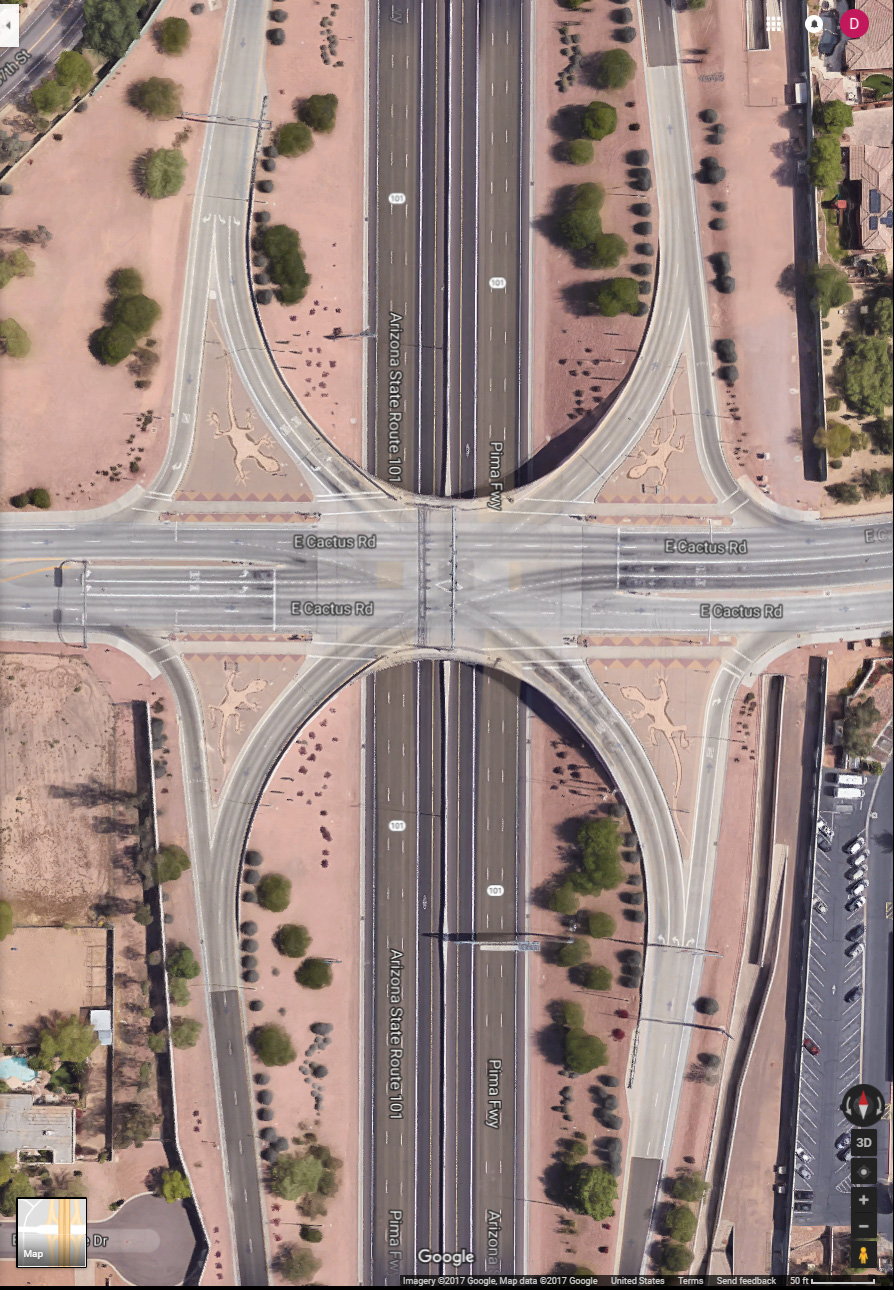What would have happened if both cars were 3000 lbs? Possibly two severe injuries instead?
Having a really big / heavy car with a great safety rating offers "safe for the driver", but somewhat of a battering ram for the other cars.
...
A 90-150mph impact? Two dead drivers instead of one.
However, in general I agree with your next statement.




